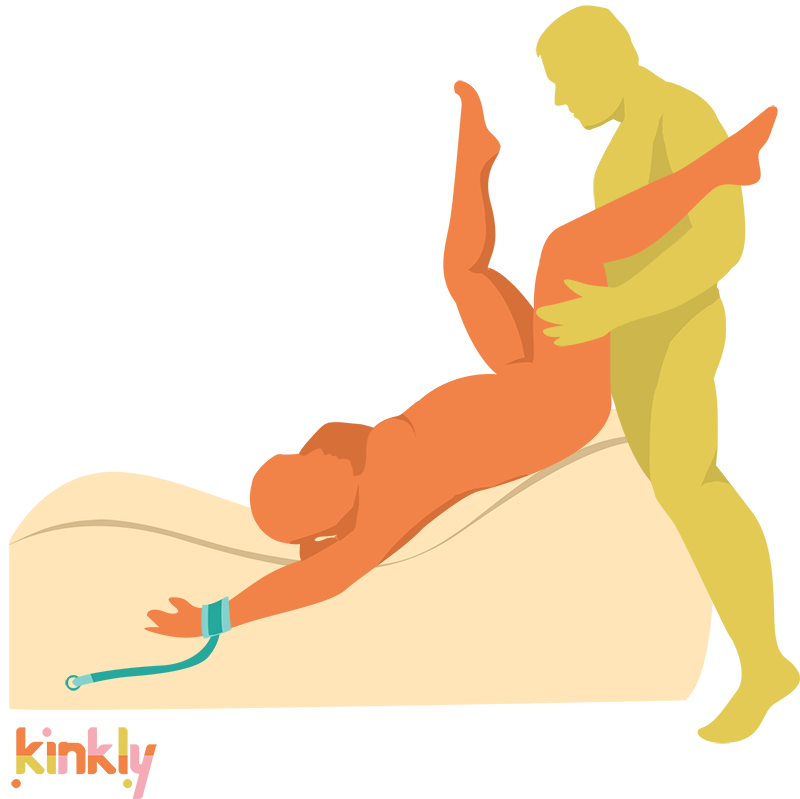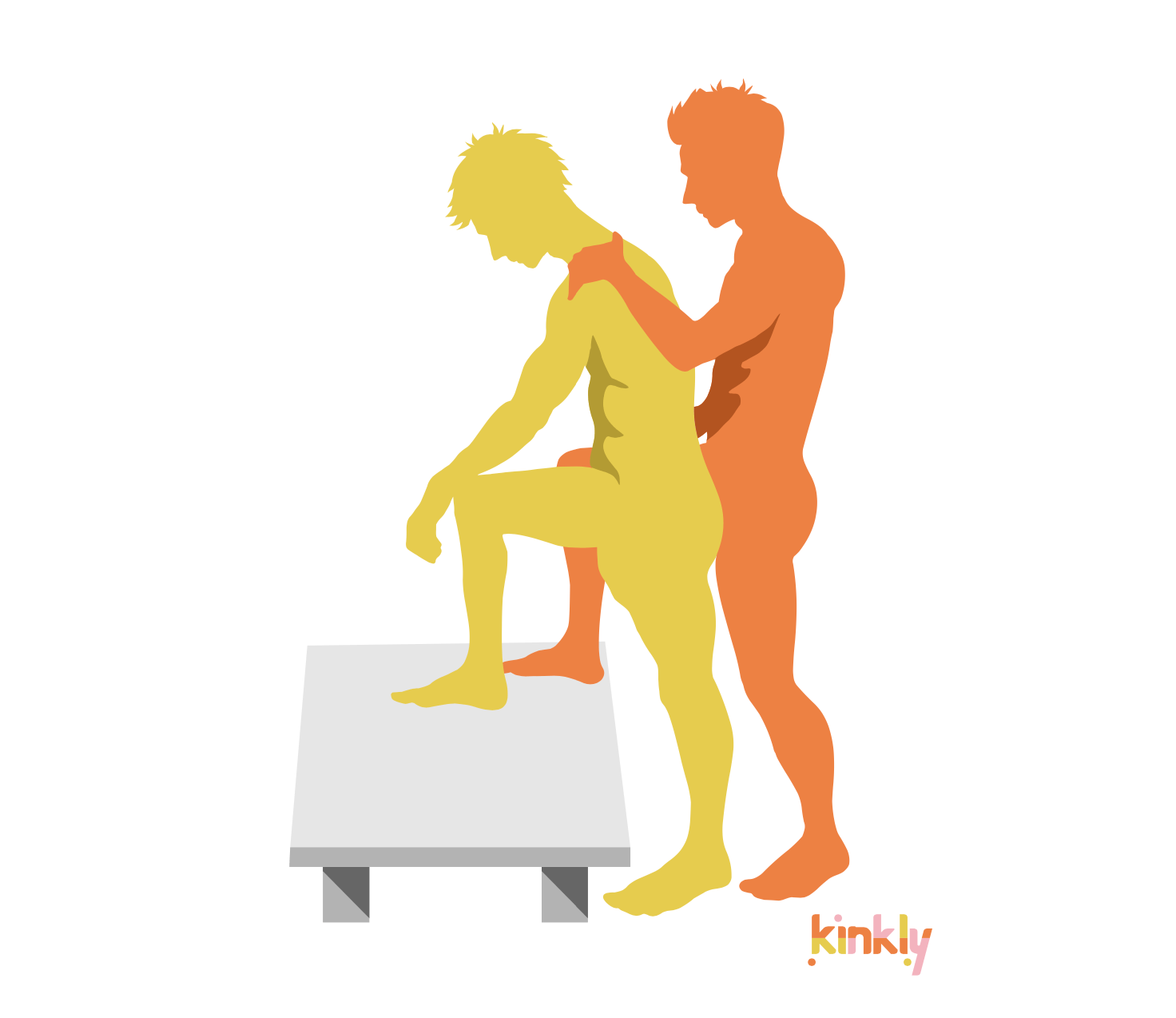Ejaculation is the ejection of semen from the penis. It is often referred to as "cumming." This can happen when the penis is stimulated to orgasm via vaginal intercourse, anal sex, masturbation, oral sex or even while sleeping (commonly known as a wet dream). Ejaculation usually occurs along with orgasm, although it is possible for the two to occur separately.
On average, each incidence of ejaculation contains approximately one teaspoon of semen.
Ejaculating into the vagina is a necessary step in the process of reproduction.
The Process
Ejaculation is controlled by the nervous system and has two phases: emission and expulsion.
- Emission: When sperm travels from the testicles to the prostate and combines with fluid to make semen. The vas deferens move the semen toward the base of the penis.
- Expulsion: When the muscles at the base of the penis contract and push the semen out of the penis. The muscles contract every 0.8 seconds resulting in multiple spurts.
Disorders
The three most common ejaculation disorders are premature ejaculation, delayed ejaculation, and retrograde ejaculation.
Premature ejaculation
This disorder involves ejaculating sooner than is preferred. Timing can be different person to person but the experience is very common and can be caused by a variety of things.
“Premature ejaculation is often linked to stress, anxiety, or even performance pressure.” says Emily May, AASECT Certified Sex Therapist and Writer at Private Sugar Club. “It’s more common than people think, and there are techniques that can help slow things down. Many of them involve mindfulness practices to improve concentration and lessen feelings of anxiety.”
Delayed ejaculation
This is when ejaculating requires a significant amount of stimulation — for example 45 minutes of sexual intercourse — and some who struggle with it may not be able to ejaculate at all.
“Delayed ejaculation can be caused by medications like antidepressants or emotional factors like guilt or anxiety.” according to May “Physical complications like pelvic surgery or diabetes can also increase the time it takes to ejaculate.”
Retrograde ejaculation
This is a condition that causes semen to be released into the urinary bladder rather than exiting via the penis during orgasm. This can happen due to medication side effects, nerve damage, or the result of some surgical procedures.
Etiquette
Safe and respectful sexual activity requires following some pre-established ejaculation etiquette. During intercourse, cumming inside a partner's vagina should only be done if it has been discussed in advance. Semen contains sperm, which can lead to pregnancy. If a couple decides to engage in sex without a condom, they must use another form of birth control to prevent conception.
During oral sex, ejaculating into a partner's mouth without prior consent could result in some angry feelings, especially if the partner performing oral sex doesn't like having cum in their mouth. Cumming during anal sex can cause temporary problems with elimination.
Additionally some find cumming onto a sexual partner to be a turn on (as do some partners), but for others, this idea is repugnant. As such, it is important that partners discuss their boundaries regarding ejaculation before any sexual encounter.
Female Ejaculation
What has been described here is the ejaculation that is experienced by men and assigned male at birth (AMAB) individuals with penises.
There is something that is typically referred to as “female ejaculation." That term refers to when a person with a vagina expels fluid during an orgasm.

















